
Traditional English scones may include raisins or currants, but are often plain, relying on jam, preserves, lemon curd or honey for added flavour – perhaps with a touch of clotted cream. PHOTO: ARHAMA SIDDIQA
Celebrating the Queen’s platinum anniversary with delicious and easy traditional English scones
We're talking about a good old-fashioned English tea time, with all the formality a Downton Abbey lover could wish for
Since it was Queen Elizabeth and Prince Philip’s 70th wedding anniversary two days ago, a friend (read royal family enthusiast) asked me why not serve up something traditionally British!
Clotted cream with scones, frilly raspberry tarts, lashings of lemonade are all the things that come to mind when I reminisce about Enid Blyton’s world of afternoon tea, picnic lunches and midnight feasts. Moonface and Silky the elf are familiar names to those of us who grew up on a staple of her books – The Famous Five, The Wishing Chair, Malory Tower, to name a few.
The British ritual of afternoon tea began when the Duchess of Bedford decided, sometime in the early 1840s, that she was tired of feeling peckish in the middle of the afternoon. A little snack would be just the thing, she thought. Within a generation, the practice of taking a light meal with company in the middle of the day was firmly entrenched in British national life.
The first time I had the chance to experience an English-style tea was recently at the House of Lords. It was over scones, crumpets, cake and of course tea. The Bishop, Peter Price, told us that though cream tea is such a British institution and is loved everywhere in the UK but no more than in the South West, predominantly in the two counties of Devon and Cornwall. The content of the sliced scone remains the same, simply jam and cream. However, it is the order these are assembled that makes the difference; in a Devon tea, first comes the cream and then the jam, while in Cornwall, it is jam first followed by the cream.
The next opportunity to experience the traditional afternoon tea was at my friend Alice’s parents’ house in the quaint town of Salisbury. And I am not talking about any old tea. I am talking about a good, old-fashioned English tea time, with finger sandwiches, dainty china cups and all the formality a Downton Abbey lover could wish for. Lucy, Alice’s mother, had indeed pulled back no punches, and at the end of it, I had to force myself to stop from having a sixth cup of tea.
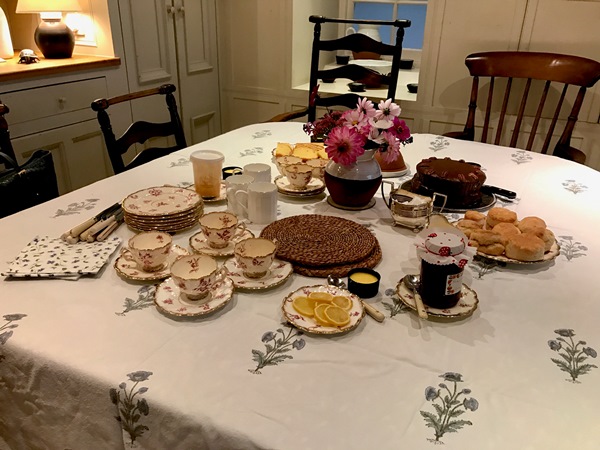
Scones are traditionally associated with Scotland, Ireland and England, but exactly who deserves the honour of invention, no one knows for sure. Scones may well have originated in Scotland since the first known print reference, in 1513, is from a Scottish poet. Traditional English scones may include raisins or currants, but are often plain, relying on jam, preserves, lemon curd or honey for added flavour, perhaps with a touch of clotted cream. But one thing is for sure, scones should be enjoyed straight from the oven, with only the briefest of pauses for the requisite toppings.
So with winters coming, and given the royal occasion, here is my recipe for scones:
Ingredients:
Self-raising flour – 225 grams
A pinch of salt
Butter – 55 grams
Baking powder – 1 tsp
Caster sugar – 25 grams
Milk – 150ml
Free-range egg – 1 (beaten, to glaze)
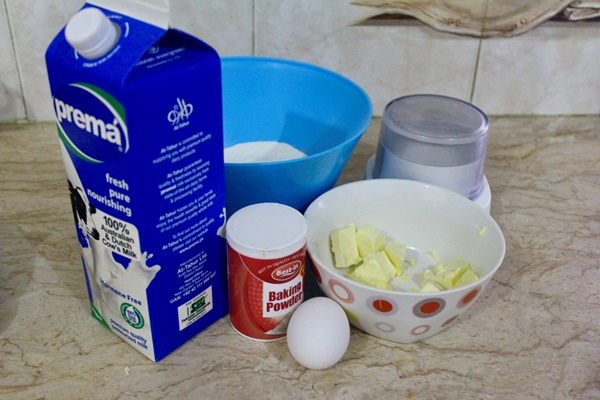
Method:
1. Heat the oven and lightly grease a baking sheet.
2. Mix together the flour and salt and rub in the butter.
3. Stir in the sugar and then the milk to get a soft dough.
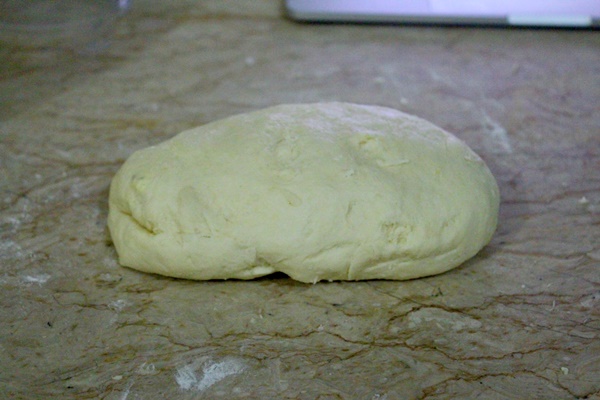
4. Turn on to a floured work surface and knead very lightly. Pat out to a round 2cm thick.
5. Use a cutter to stamp out rounds and place on a baking sheet.
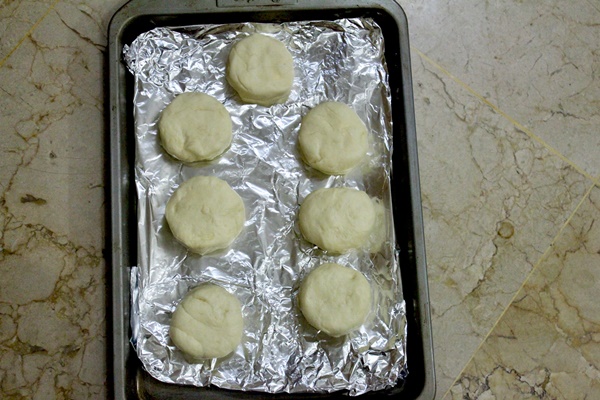
6. Brush the tops of the scones with the beaten egg. Bake for 12-15 minutes until well risen and golden.
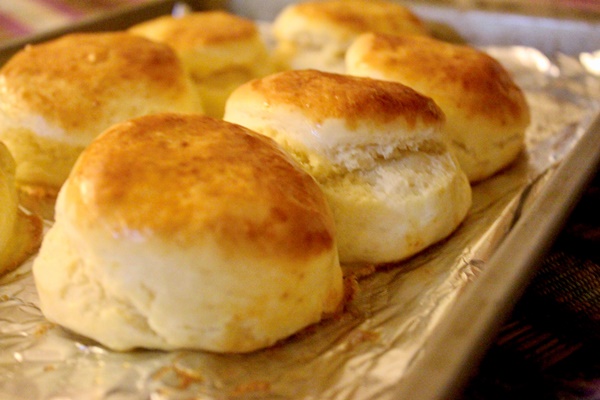
7. Cool on a wire rack and serve with butter, good jam and some clotted cream.
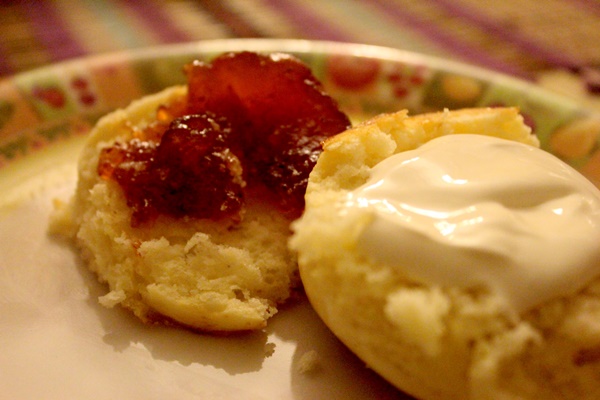
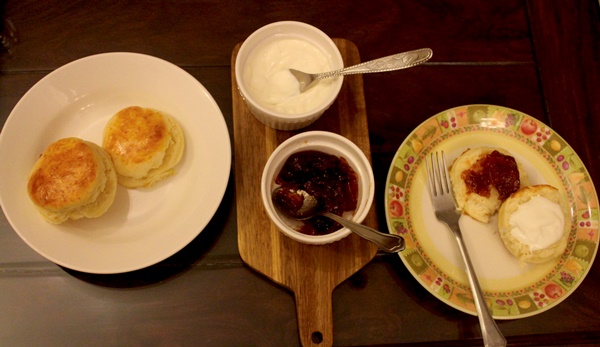
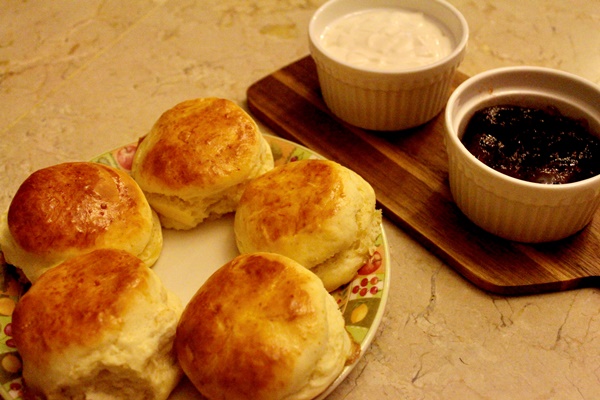
Enjoy!
All Pictures: Arhama Siddiqa




COMMENTS (27)
Comments are moderated and generally will be posted if they are on-topic and not abusive.
For more information, please see our Comments FAQ